The early morning sun slowly climbs up over the Andes Mountains and blankets the ravine below, washing over the town of Tilcara in the extreme northwest of Argentina. Humans have lived in these valleys for nearly 10,000 years and I wonder how many people before me have simply stood in silence and taken in the grey morning sky. I watch as it transforms into a bright blue expanse and the green and pink cactus-lined hills below begin to glitter and sheen underneath the intensifying rays of sunshine.
It’s half past eight and the town of 7,000 people is surprisingly loud. Its inhabitants breezily climb down the steep dirt and cobblestone streets into the center of town followed by collarless canines in search of breakfast scraps. In the town’s main plaza, merchants begin to lay out woven blankets, mate gourds and sugary empanadas stuffed with candied fig leaf squash. Shoppers squeeze into the municipal market and stuff their hand carts with bulbous fava bean pods and potatoes that come in shades of lime green, blood orange and navy blue.
At the town’s entrance, a line of women in crisp white aprons stand over wood-burning grills stacked with pots of medicinal teas and api, a beverage made with blue corn flour that is thick like marmalade and spiced with cinnamon and clove to heat up your gut on even the chillest of winter mornings. Baskets covered in damp towels hide basketball-sized masas to make fresh tortillas: an over-sized empanada that is cooked over an open flame until its pale white shell starts to blacken and crackle like charcoal.
One woman motions me over to her cart. “You have to try my humita,” she demands with a proud smile, pointing to the two remaining on her grill. “My sister made them with the last of the corn from my garden.” Humita en chala is an Andean dish made with fresh corn that is ground into a thick paste, and at least in this part of the mountain range, is combined with puréed pumpkin and buttery sautéed onions before being packed into corn husks and boiled. It shares its shape with that of a Mexican tamale or Venezuelan hallaca, softer in texture and absent of filling, and is eaten from the northwest of Argentina and Chile all the way up to Ecuador.
“Do you and your sister always sell food with ingredients from your own garden?” I prod.
“No,” she responds flatly. “My garden is too small for that. I do the gardening and my sister does the cooking. I never learned how to make this stuff. I sell what we don’t eat ourselves.”
The grill in front of me is emblematic of everything this place represents, and in many ways is a cross section of the Americas itself. On one side of the grill is humita made with white corn and pumpkin, the result of an ancient farming technique that grows corn, squash and beans together and continues to be used in subsistence gardens and small family farms. On the other side of the barbecue is the grilled tortilla prepared with wheat flour and stuffed with cured ham and cheese, ingredients introduced to the continent by the Spanish and used as mechanisms of colonization of both territory and the culture that lived on it. Symbols of resistance and conquest, subsistence and mass monoculture, sustainability and extractivism, existing both in unison and at constant odds with one another.
This is the final morning of a two-week trip through the Quebrada de Humahuaca, a narrow mountain valley that stretches 150 kilometers across the Argentine Puna. Puna means highlands in Quechuan, the language of the Inca Empire. The vast swath of mountains and plateaus is the highest elevation mountain region in the Western Hemisphere. It reaches heights between 3,000 and 4,500 meters above sea level and extends from Northern Argentina up through Peru uniting networks of ancient Indigenous cultures despite their modern division by national borders.
Further north in the highlands and sierras of Peru and Bolivia is where the very first varieties of starchy maíz developed their distinctive properties: softer kernels with high starch content ideal for flour. The Quebrada de Humahuaca and its surrounding valleys contain the most valuable diversity of maize in Argentina. Although it is not a center of origin, the Northwest Argentine region is a vital center of diversity—28 of the country’s estimated 52 native varieties have existed in these valleys for millennia. Despite that only a handful of native maize continues to be harvested, the plant forms the backbone of religious ceremonies, local economies, and daily diets; and annual exchanges between farmers who select their crop’s best seeds plays a key role in protecting the region’s natural diversity.
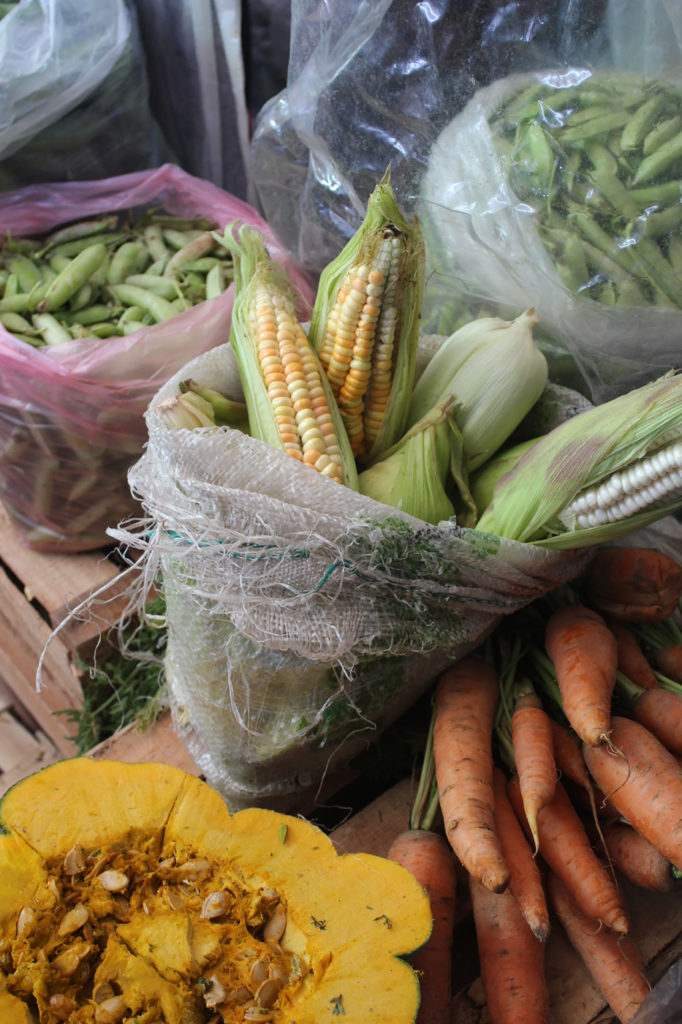
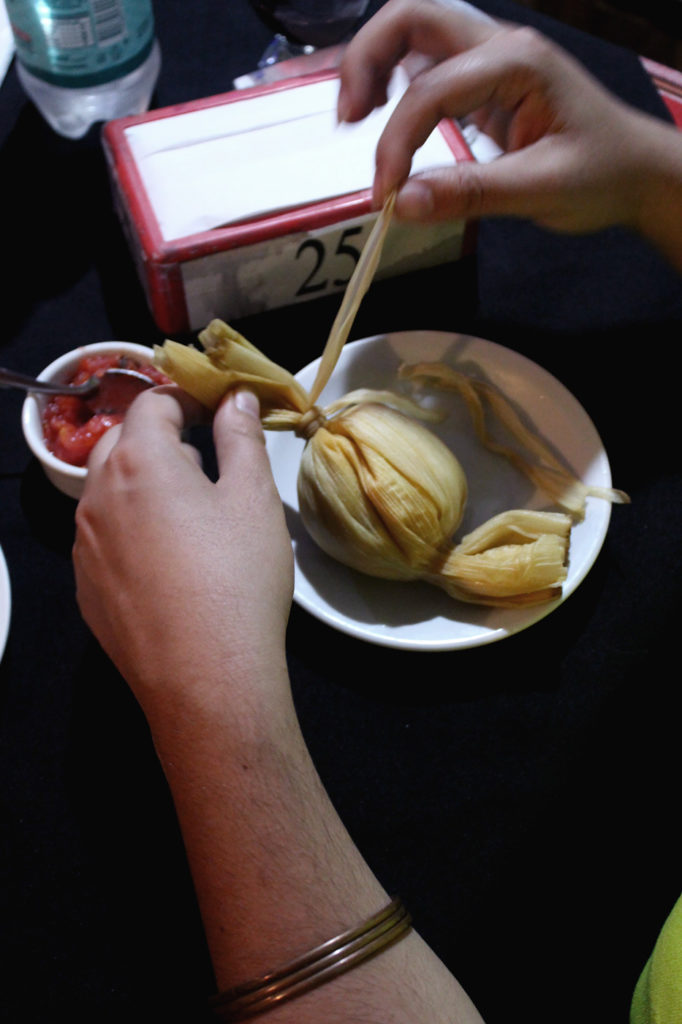
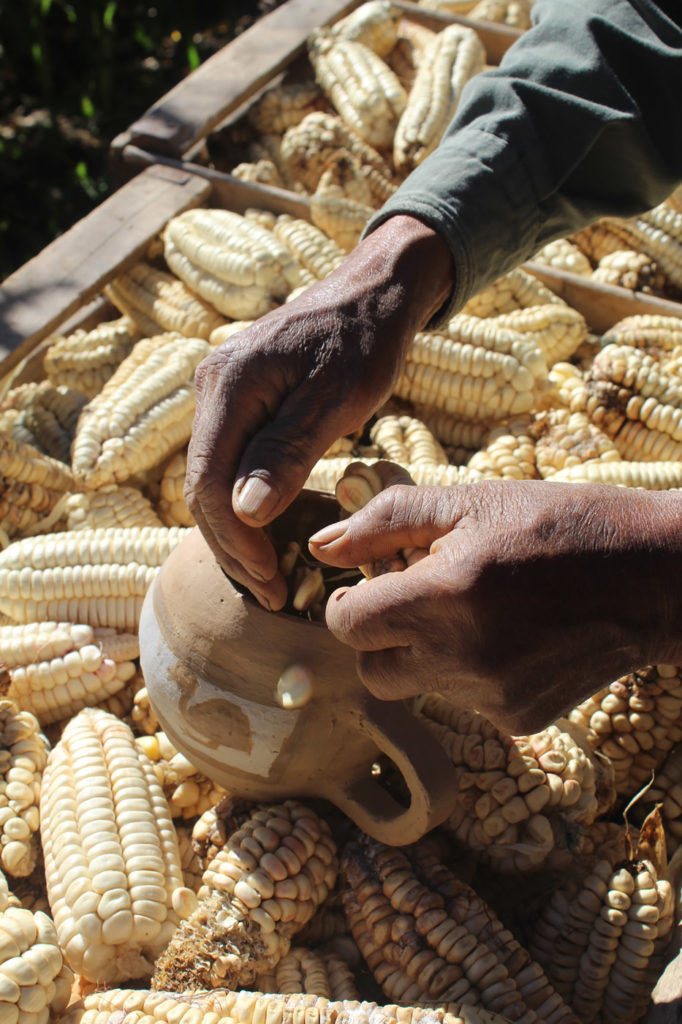
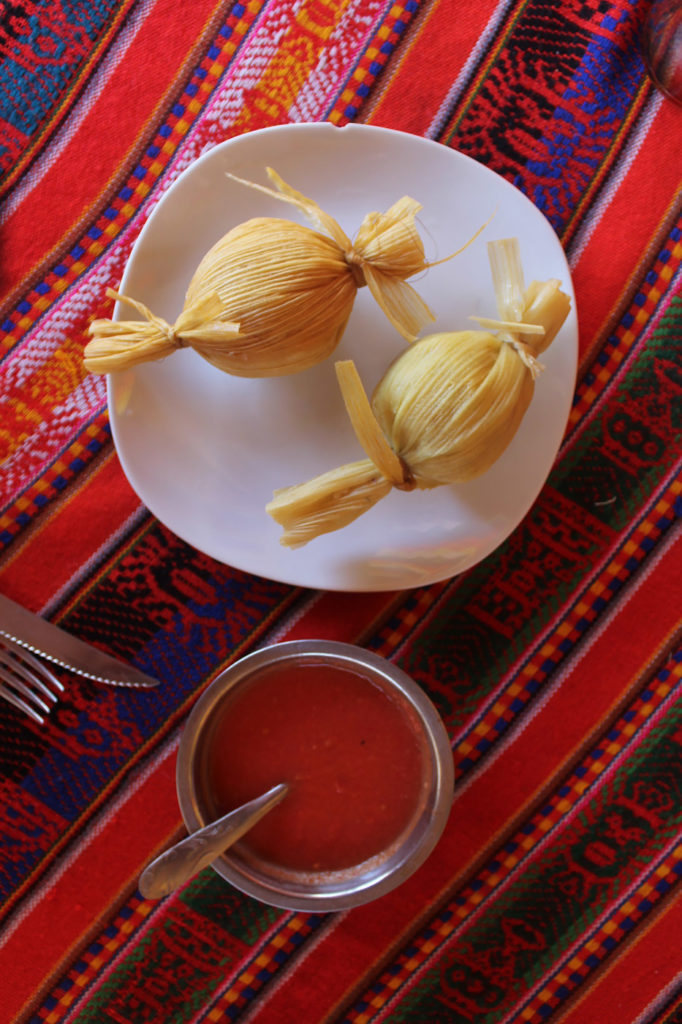
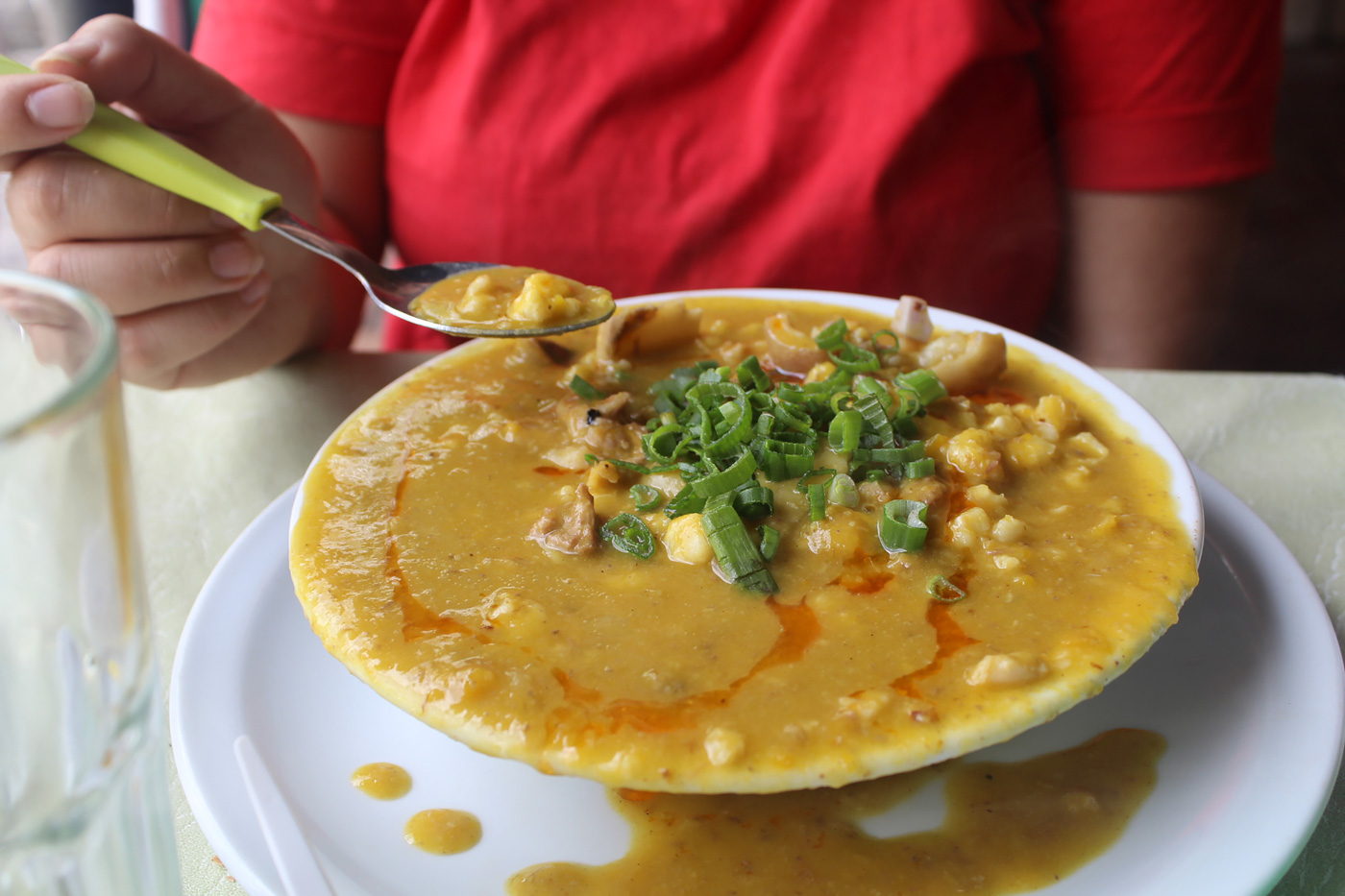
___
Sergio Aramayo is a graphic designer and visual communication design professor. Nearly a decade ago, he moved back onto his family’s plot of land to raise his young children and reconnect with the natural world. His home sits at the base of the Cerro de los Siete Colores, a hill made of seven different colored rocks, like limestone, manganese and red clay, that squished together over the last 90 million years. The natural wonder brings people from all over the world to the village of Purmamarca, which in the Aymara language ironically can be interpreted to mean “virgin” or “untouched by humans.”
“What we see happening all over the world is happening here too,” Aramayo explains. “The younger generation is interested in the occidental version of wealth. We are seeing food and farming traditions disappear across the Quebrada as a side effect of Western modernization. Our old cooking methods that take a lot of time and effort are disappearing for easier, ready-made ingredients. Subsistence farms in Purmamarca are being sold off to develop hotels. The younger generation trade agriculture for tourism if they don’t move away to a city altogether.”
Aramayo belongs to an informal network of neighbors that exchange foods like eggs, meats, vegetables and grains. This is a modern version of the communal farming system that once defined the region. He points to a crate of fresh eggs that he had bartered the day before for squash. “I have squash coming out of my ears,” he jokes.
Up until a generation ago, communities across the valley worked together on each other’s farms to save time and concentrate labor. Farmers would rotate from one farm to the next, sharing animal driven yokes to plow the land. When the last seed was planted, the owner of the farm would offer food and drink as a form of gratitude and people would dance in the field and stomp the dirt as it was believed to stop the growth of malicious weeds. When crops were harvested in March, communities from all over the valley would travel from town to town to exchange fruits, vegetables, leafy greens, corn and wheat flour.
For the last 20 years, agricultural engineer Javier Rodriguez has been organizing local families that cultivate native Andean crops. The Cauqueva Cooperative used to exclusively sell raw ingredients but has expanded to fabricate products like cookies, crackers and noodles out of corn to keep the production of native Andean maize competitive and attractive to local farmers—native corn takes substantially more time and work than the GMO sweet yellow corn.
Rodriguez echoed similar concerns to Aramayo, and agreed that the more isolated the community, the stronger their links to ancestral farming based on sustainable practices that support biodiversity.
“These crops evolved alongside the development of local culture. They are a part of virtually every aspect of life. That is something that is not a part of Western culture. A soy producer doesn’t have the same relationship with his crops. It’s pure business,” explains Rodriguez. “The culture is straddling two worlds. It’s inserted in this larger more global process that creates tensions. There are legal and political processes that condition local culture to give itself up to the Western world’s idea of development.”
Both Rodriguez and Aramayo point to complex and intertwining socioeconomic and political systems that endanger not only the foodways of Argentina, but those across the entirety of the Americas. The majority of the continent’s corn production is designed to feed livestock with a smaller percentage destined to heavily processed cereals, flours and oils. Corn’s switch from the continent’s most important symbol of sustenance to one of its most powerful cash crops is demonstrative of a global hegemonic agricultural system that continues to concentrate the ownership of land into fewer hands and decrease the share of landholdings owned by Indigenous communities, which are increasingly too small to remain self-sufficient. This model both reflects and strengthens half a millennia worth of genocide, discrimination and social exclusion against Indigenous communities.
“Even with the intrusion of modern development,” Rodriguez says, “this is probably the region with the most cultural conservation in the country, which tells you a lot about the people’s ability to resist and the importance of resistance.”
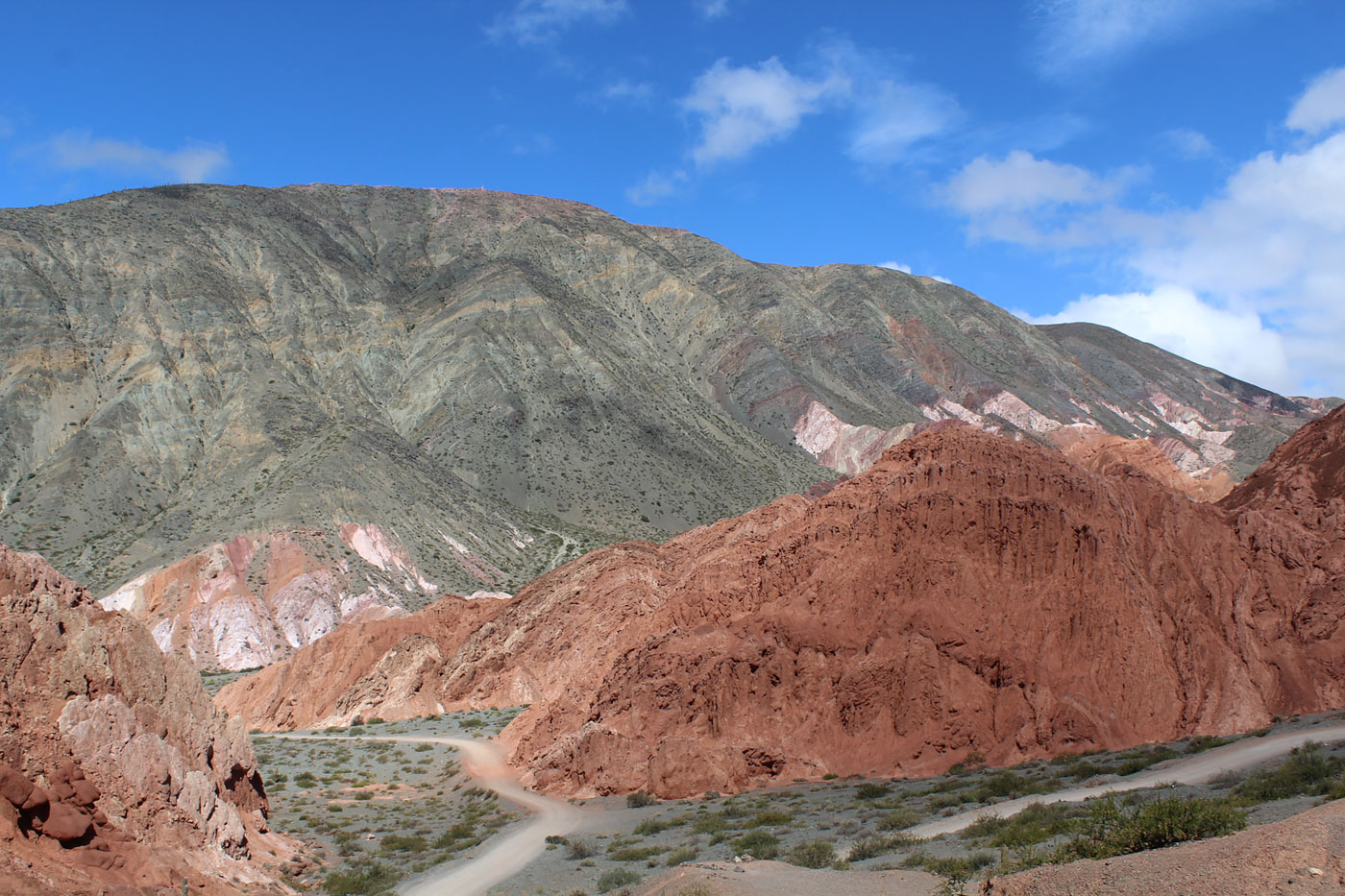

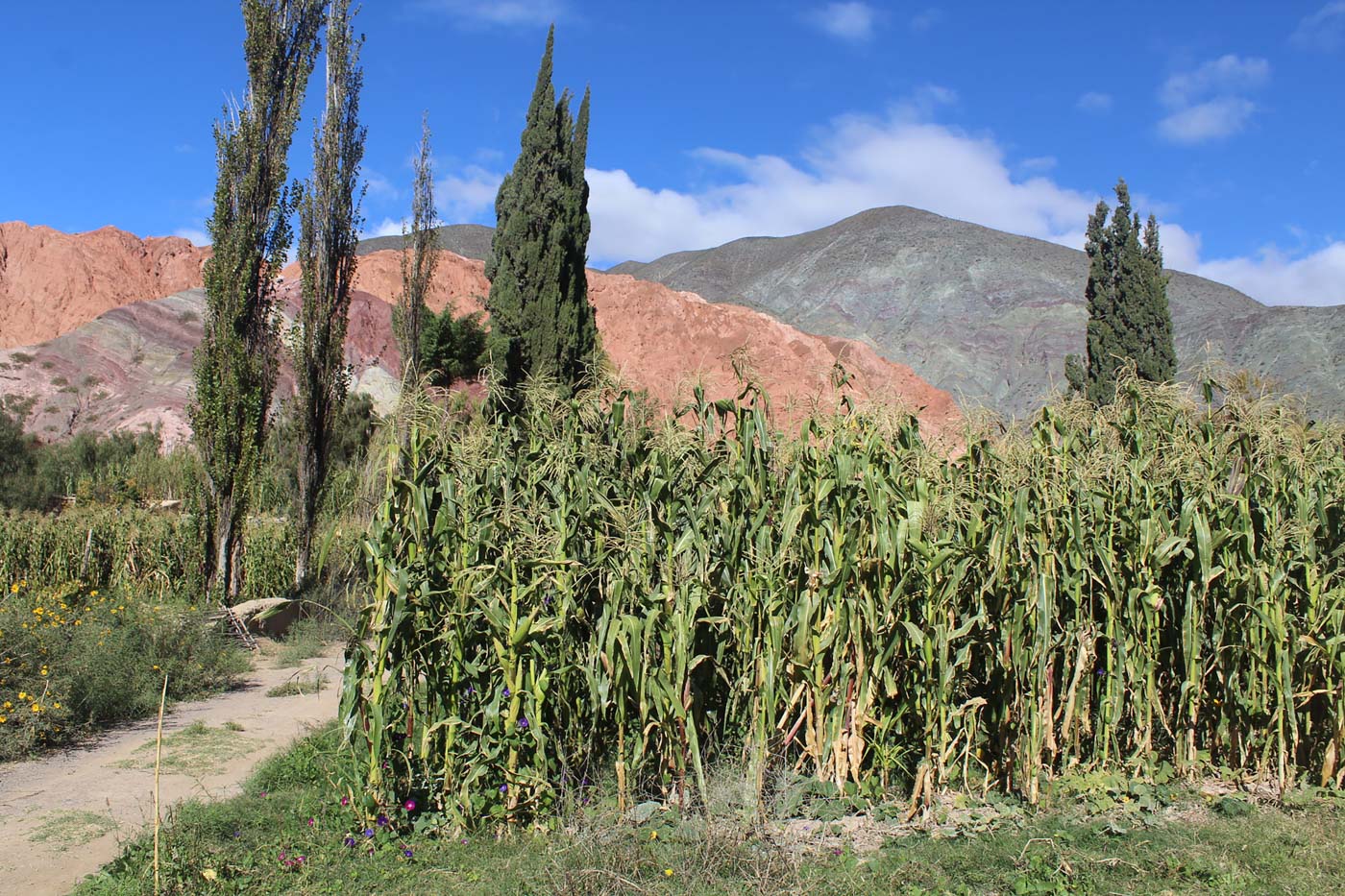
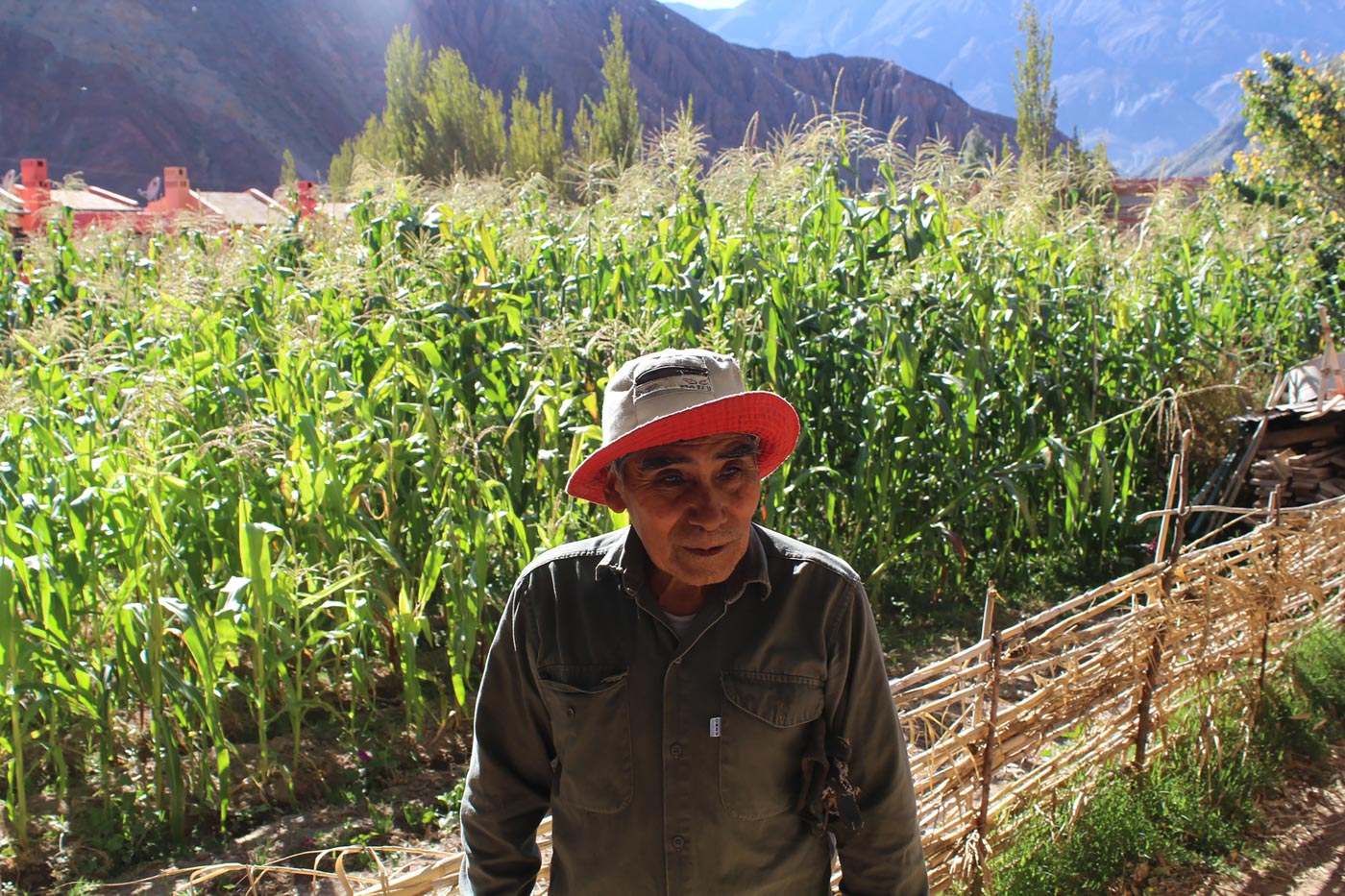
___
José Eizaga was born in the rural plains of Cojedes, Venezuela. He has lived and worked as a cook in Buenos Aires since 2017. During the pandemic, he began Maíz Pelao, a growing network that unites farmers, cooks and academics across Latin America to share information about native corn varieties and relay them back to farmers in Venezuela.
“I think that it is fair to say that the majority of Venezuelans do not consume food that could be considered traditionally Venezuelan,” begins Eizaga. “We have lost most of our historic farming techniques and most of that can be boiled down to money. Powerful interests are able to offer good money so that the crops that don’t serve their business interests aren’t preserved and cultivated.”
The project was named for the nixtamalization technique once used in Venezuela to make the country’s daily arepa. When pre-cooked corn flour was introduced in 1959, coinciding with a mass urbanization process during the country’s petroleum boom, the nixtamalization technique quickly became obsolete. Today, the leading pre-cooked flour brand, harina P.A.N., is synonymous with the arepa, a dish that some estimates date back to 900 B.C. Together with his partner Camilo Gómez back in Cojedes, the project has been able to locate farmers that still have native seeds that are in good shape.
“The crisis in Venezuela has offered an opportunity to bring these crops back. People who live in rural areas don’t have consistent access to food and many have had to return to subsistence farming to feed themselves,” Eizaga continues. “The basic challenge is education. We are working with farmers to teach them how to better the native seeds, things like teaching them how to select the best seeds for the next harvest. The next step is relearning the diversity and richness of our corn. People only know the yellow variety they see in the grocery store. You give them black, blue, red or any other corn, and they have no idea what to do with it.”
___
No matter where you are in Guatemala, you are bound to be accompanied by the soundtrack of clapping hands. The country is known for their thick tortillas that are prepared a mano, pounding them down by smacking fresh masa between both palms and throwing them onto a hot comal.
Gabriela Perdomo is the founder of El Comalote, a tortilleria and restaurant in Antigua. The tortilleria is the place where the average Guatemalan gets their tortilla fix, purchased daily to accompany breakfast, lunch and dinner. Perdomo estimates that 80% of the country’s tortillerias are using corn flour made with GMO corn and that another 10% nixtamalize with modified corn brought over from Mexico despite the fact that the Western Highlands of Guatemala contain some of the highest concentrations of maize diversity worldwide.
“Our native corn is mostly used by the farmers themselves who grow it for their own consumption,” explains Perdomo. “If you ask the average Guatemalan, they probably have no idea what nixtamalization means, let alone all of the diversity of native corn here.”
Perdomo points to a phenomenon that is both familiar to Latin America and unique to Guatemala. Much of the knowledge of maize diversity of the Western Highlands was diminished during a civil war that lasted between 1960 to 1996 and heavily targeted Indigenous communities; the belt of maize diversity and Indigenous Maya cultures suffered the heaviest brunt of state violence. The U.S.-backed military government forcibly displaced and disappeared an estimated 200,000 people and usurped land from native Mayan communities, advancing an economic strategy that flooded the country with imported food and changed traditional agricultural models to support high value export crops.
El Comalote works exclusively with native Guatemalan corn purchased directly from producers and sources ingredients traditionally used on subsistence farms in order to reinsert them into the consumer market. She sells tortillas directly to customers and restaurants and helps source corn to other cooks, like Debora Fadul, chef and owner of restaurants DIACÁ and EN in Guatemala City. Fadul has spent the last 14 years working with Guatemalan farmers who grow native crops on agroecological or regenerative farms.
“Working with Comalote, we have both been really shocked by the way people respond,” explains Fadul. “We often expect customers to go for food and products they are really familiar with, but it’s when we try something new, when we introduce a new ingredient, those are the things that immediately sell. People have a hunger for the message that those ingredients have to tell.”
Over the last few years and with the help of clients and allies like Fadul, Perdomo has grown from buying a few pounds at a time to purchasing dozens of crates worth of native corn varieties. Farmers are beginning to respond.
“Every year, the harvests get bigger and more farmers plant native corn,” Perdomo concludes. “Farmers are seeing that these crops have value outside their immediate communities. Right now, there is still a large supply for a small demand, but we are working to professionalize farmers and distributors and get the Guatemalan public to reacquaint themselves with these ingredients that are a part of us.”
Individually, these models are micro in scale and this should be the ultimate goal—small, local alliances that mimic the historic ancestral networks that supported and sustained native crops and regional biodiversity for millennia. As a collective, they are invaluable networks to the health of the continent, attending to the immediate needs of local communities and working toward the expansion of a more sustainable food system. In the Americas, there couldn’t be a better symbol for a brighter future than the revindication of its native corns.
“We base our work on three tenets: respect the land, respect the producer, and respect the kitchen,” says Fadul. “None can work in the absence of the other.”





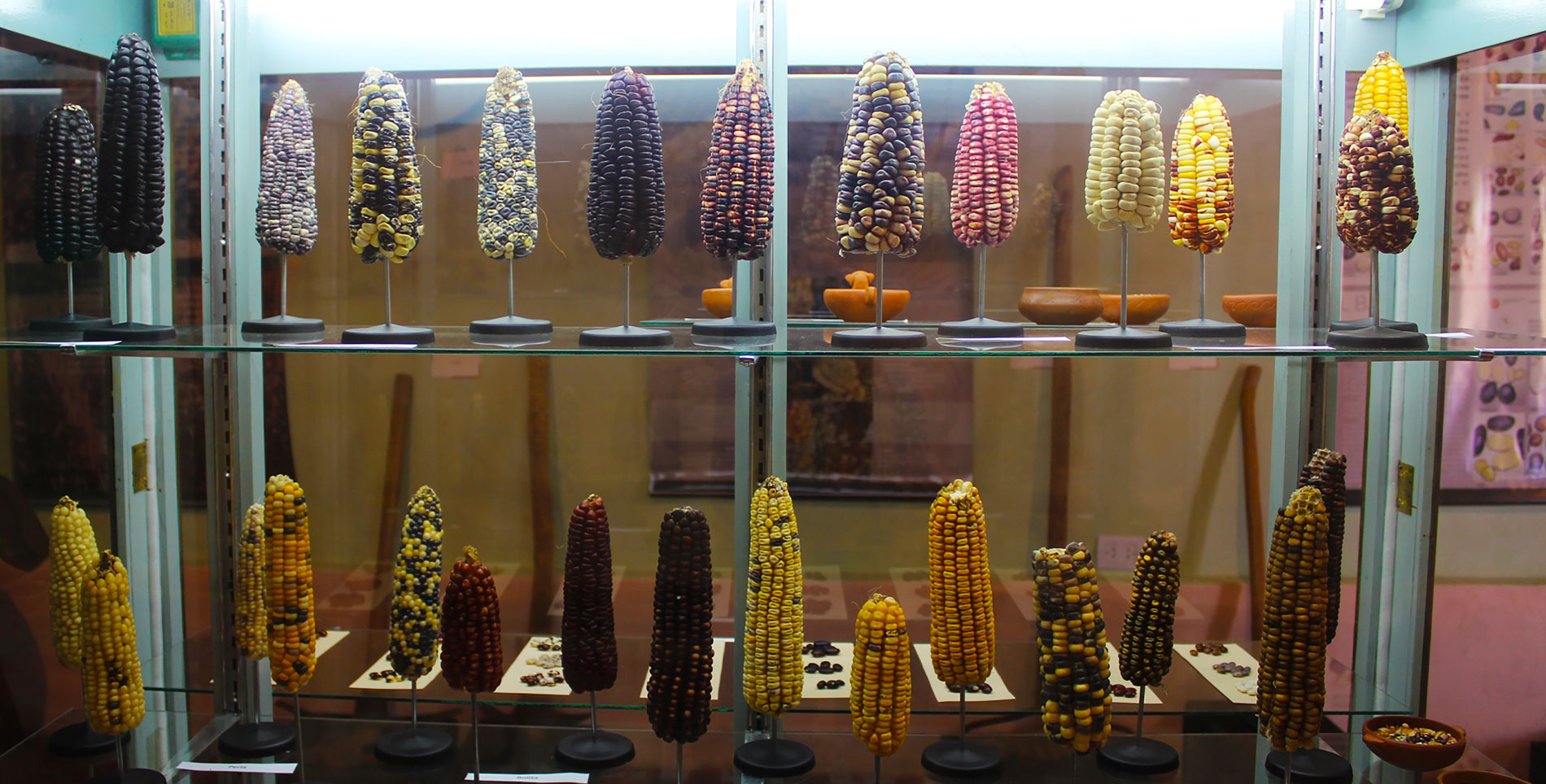

Our comments section is for members only.
Join today to gain exclusive access.